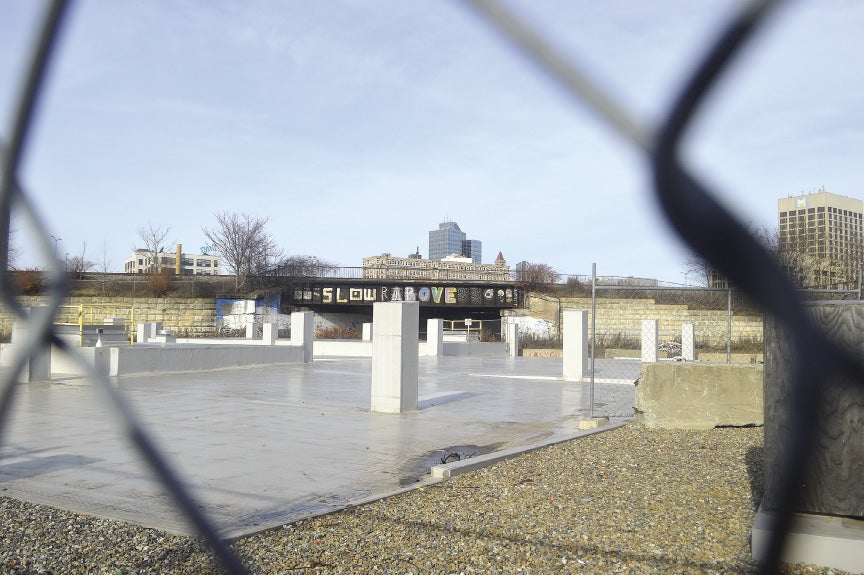The telegram article is actually a bit more nuanced. Still feels like city leaders make their tax revenue forecast based on the "happy path" and don't take into account economic downturns. In 2019, they get a pass to not predict a worldwide pandemic.
Their district development projections were far too optimistic in both scale and timing. Look no further than Providence for large scale district development progress for a similar sized city.
The Providence Capital Center project kicked off in the early 1980's. It involved moving the railroad tracks and uncovering the rivers and rerouting them. It did spur a lot of development - Providence Place Mall, Omni Hotel and Residences, RI Convention Center, new Train Station, Marriott Courtyard, BC/BS Tower HQ, numerous parking garages, Gateway Building (formerly AMEX), Waterplace Towers Residences, Station Row, Citizens Tower HQ, Hilton Homewood Suites, Park Row West residences, and Center Place Residences have all been built. It however has taken decades and there are still open parcels not yet developed some 40 years later.
The 195 Innovation District in Providence is another good example to look at. Route 195's new path opened up back in 2006. It has taken nearly two decades to put the streets and infrastructure back into place for development. To date only Chestnut Commons, JWU Bowen Center, Emblem 125, Garrahy Courthouse Garage, Marriott Aloft Hotel, Point 225, and parcel 6 residences/Trader Joe's have only been completed. Just three projects are presently in construction - Parcel 9 Residences, State Labs, and the District Park Pavilion. Four proposed projects such as the BankRI HQ and other mostly residential structures have yet to break ground with some a several years since first being proposed and agreed on. There are approximately ten open parcels still left to be developed some 18 years on.
These type of districts take decades to come to fruition. The pace is often organic and gradual taking time being subject to many factors. The problem with the Polar Park District is that Worcester city leaders developed a bond financing payment plan for the stadium which necessitated large scale quick development that was overly optimistic and unreasonable to expect. It is foolish to suggest that the slow progress is entirely attributed to Covid. One would think that Worcester leaders should have understood this given their recent and ongoing experience with the CitySquare area. The Worcester Common Outlets closed all the way back in 2006. While there has been development, there are still parcels in the area waiting for construction. Some of the original tenants such as Unum have even already moved in, on and out.


